Your cart is empty
Giorgio de Chirico, Hector and Andromache
234,00 € iva inclusa
Fresco pictography on lime (fresco). Original work: 1917, Rome, National Gallery of Modern and Contemporary Art
Description
The characters represented are inspired by a famous episode told in Homer's Iliad, for which De Chirico had a particular interest, also due to his Greek origin. Hector is about to face Achilles; aware of the almost certain defeat, he affectionately greets his wife Andromache. In the real episode, their son Astyanax plays around them with his father's plumed helmet; here he is not depicted because the painter represents the two spouses as naturally celibate mannequins, devoid of life and therefore unable to generate life in turn.The date of realization speaks as clearly as the painted image: the moving story tells, strongly expresses the drama of war, the paradoxical duty to abandon love, life to meet pain, the end. The mannequins bear signs on the bodies, also present on the face to suggest the epòpteia, the "third eye", that of superior, sapiential sight, able to see beyond, beyond space and present time. Among the signs on the bodies we also recognize triangles, mystical, magical symbols, for this reason, according to De Chirico, bearers of disquiet. In the drama of the event, De Chirico chooses to represent the union, an indissoluble, eternal union. Love is perhaps the meaning of everything; Love is life.
Information
The work is executed through the technique of Pictography, according to ancient methods and natural materials; it is handmade entirely in Umbria.




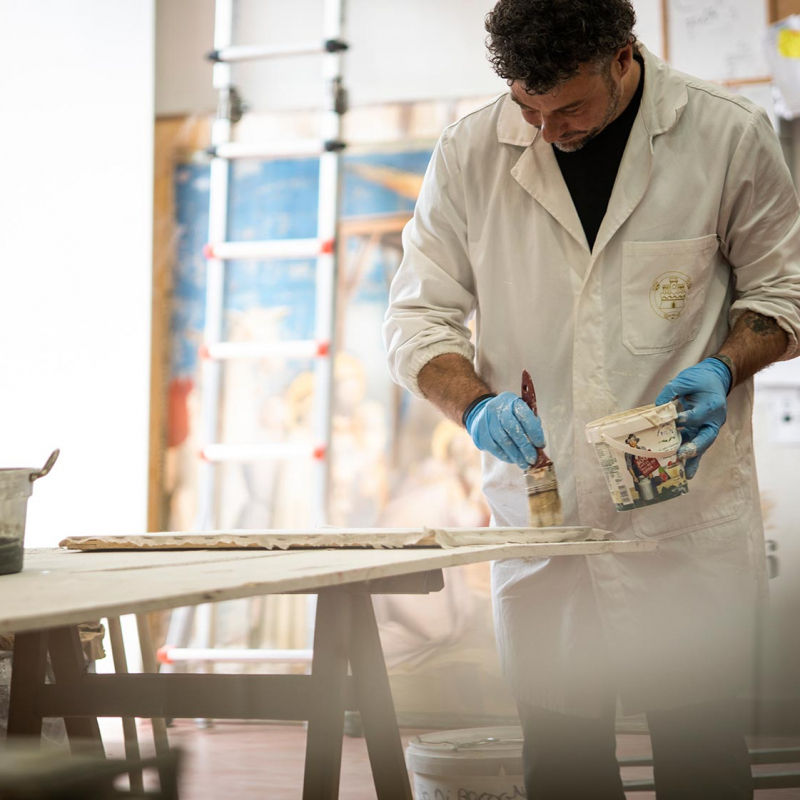
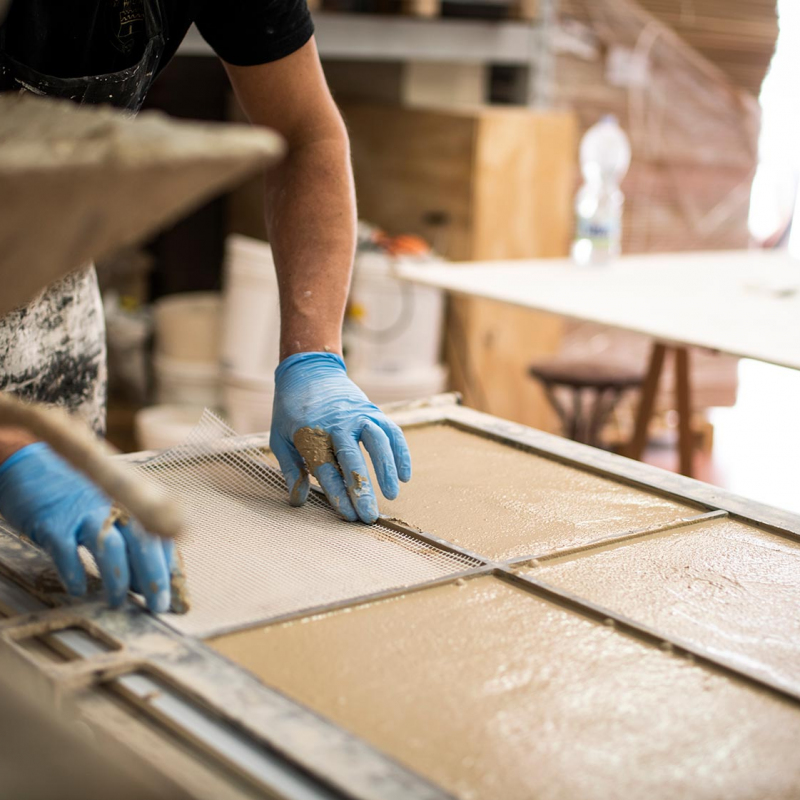



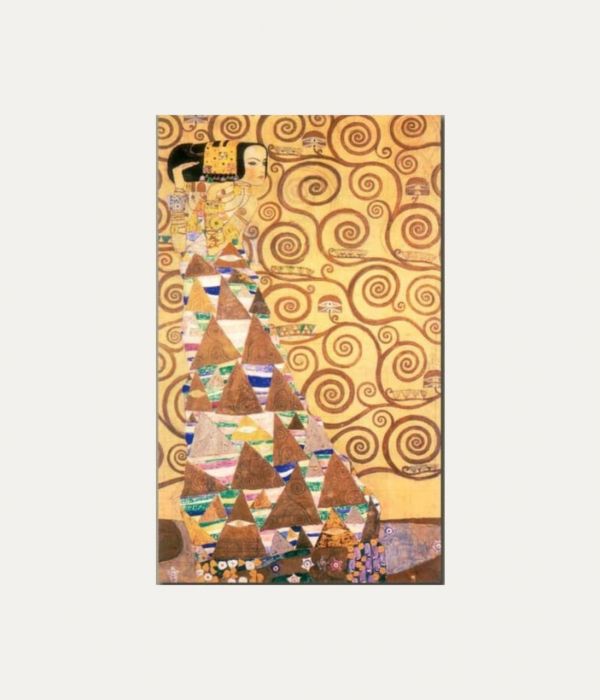
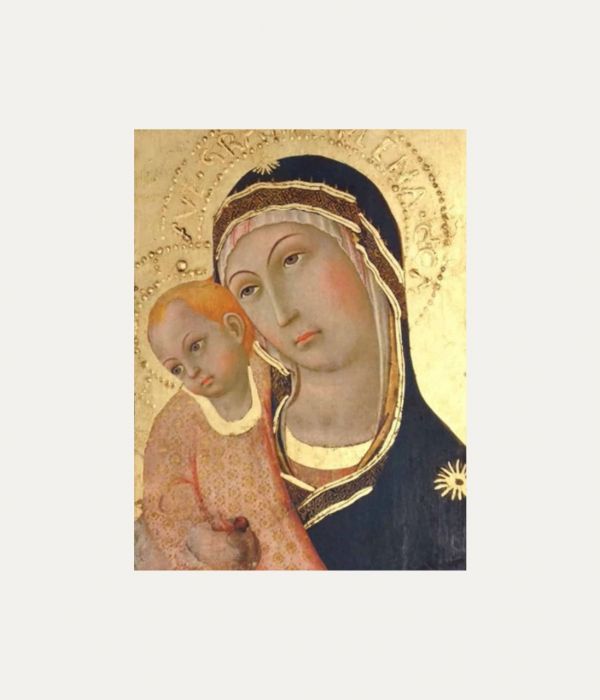
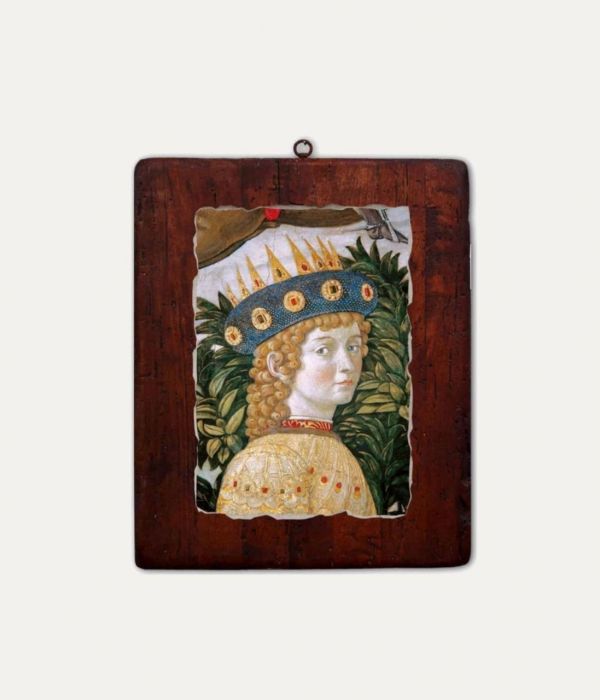
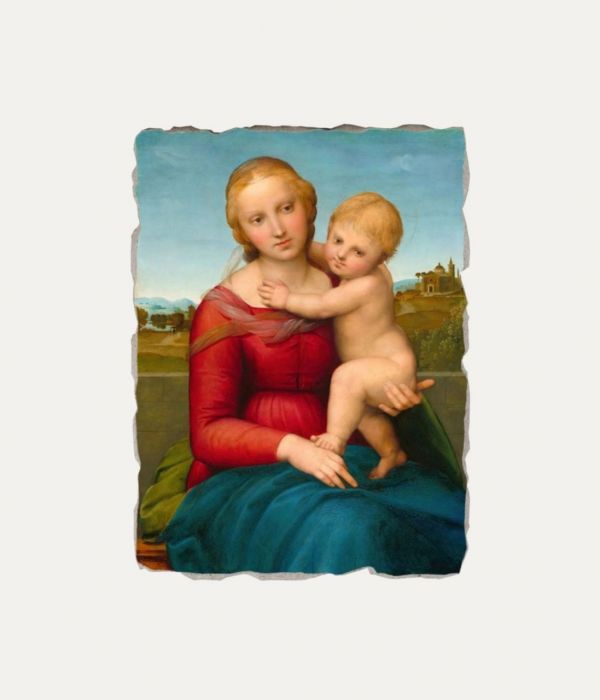

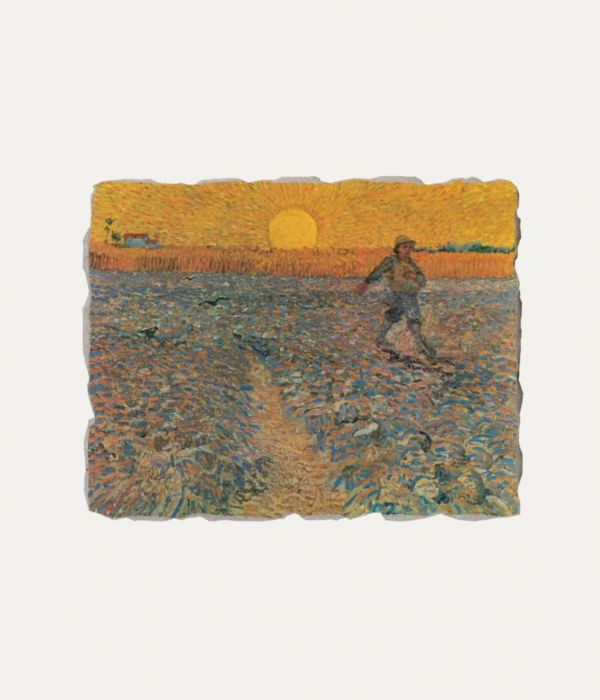
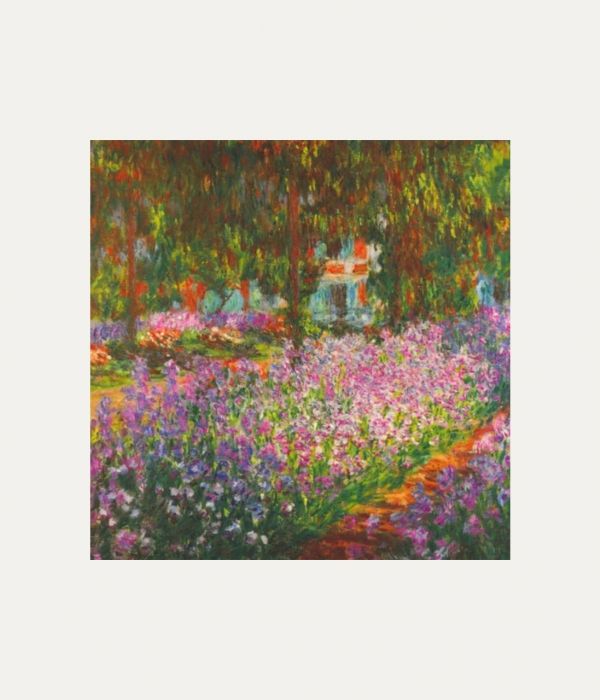
Giorgio de Chirico, Hector and Andromache